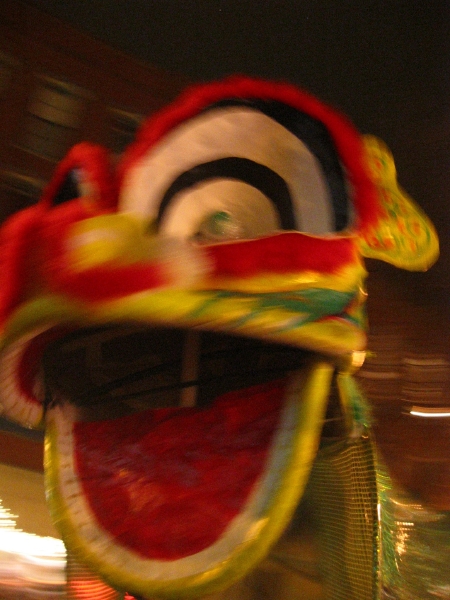Chinese and Vietnamese communities in the Southern Tier have grown significantly in the Southern Tier over the past 20 years.
For Chinese and Vietnamese, the New Year is based on a lunar calendar and marks the beginning of Spring, usually in late January or early February. Each year is identified with a particular animal on a 12-year cycle (this year is the Pig). The New Year is a complex festival, inolving numerous rituals, both sacred and secular over the course of several weeks. Houses are ritually cleaned prior to the celebration. Specific foods (Spring rolls, for example) are consumed on particular days, and specific activities are deemed particularly auspicious or inauspicious. Generosity is the order of the day and ritual offerings of money in red envelopes are bountiful.
Perhaps the most globally visible aspect of this tradition is the Dragon Dance (or a variant, the Lion Dance), in which a carefully choreographed puppet carried by multiple performers, travels through a community (or sometimes across a stage) conferring blessings for the New Year and, assisted by firecrackers, driving away negative influences.Lanterns are also a major aspect of the New Year, and are usaully accorded a procession of their own on the fifteenth day of the new year. Traditional cylindrical or round lanterns are red, the most auspicious color, but today many lantern processions feature a myriad colors and shapes, often depicting animals. We paid homage to the Chinese/Vietnamese New Year by re-fashioning an old First Night dragon in the image of a traditional Chinese dragon.

 Return to main page
Return to main page